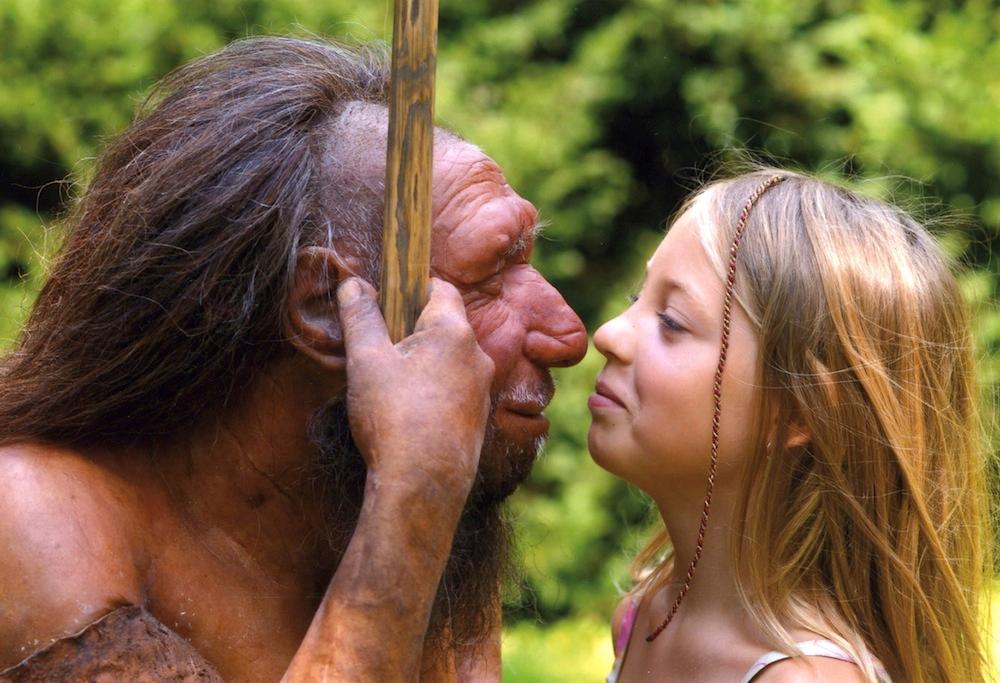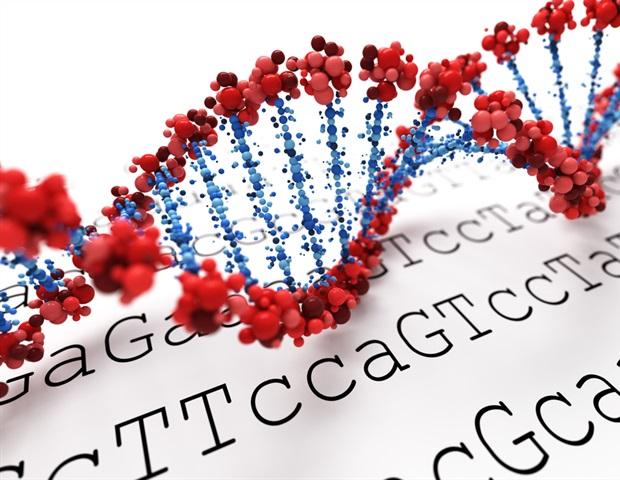In a 2011 article called “Evangelical Questioning the existence of Adam and Eve”, an outspoken critic of the biblical story, named Dennis Venema, who is also a theistic evolutionist and scientist made a profound prediction about how the story could be true. To get down to just two ancestors, Venema said,
“You would have to postulate that there’s been this absolutely astronomical mutation rate that has produced all these new variants in an incredibly short period of time. Those types of mutation rates are just not possible. It would mutate us out of existence.”
In 2013, a group of scientists, however, seem to have confirmed this prediction in its exact form and much more: “Mutations have fostered the great variety of traits seen among modern humans, according to the researchers, who added, ‘They also may have created a new repository of advantageous genetic variants that adaptive evolution may act upon in future generations.’”
The study also shows how most of the harmful mutations in people arose in the past 5,000 to 10,000 years. Moreover, the study observed that the older the genetic variant, the less likely it was to be deleterious. This means that the harmful genetic mutations that would normally extinct a population today was apparently not the case during Adam and Eve’s time and, thus, a breeding population of two would not fail for, at least, ancient humans.
But, I am not an expert so what do you guys think? Does this study actually confirm Denis Venema’s prediction. Here is the study and secondary source:
Analysis of 6,515 exomes reveals the recent origin of most human protein-coding variants . Nature , 2012
Most of the harmful mutations in people arose in the past 5,000 to 10,000 years -- ScienceDaily



